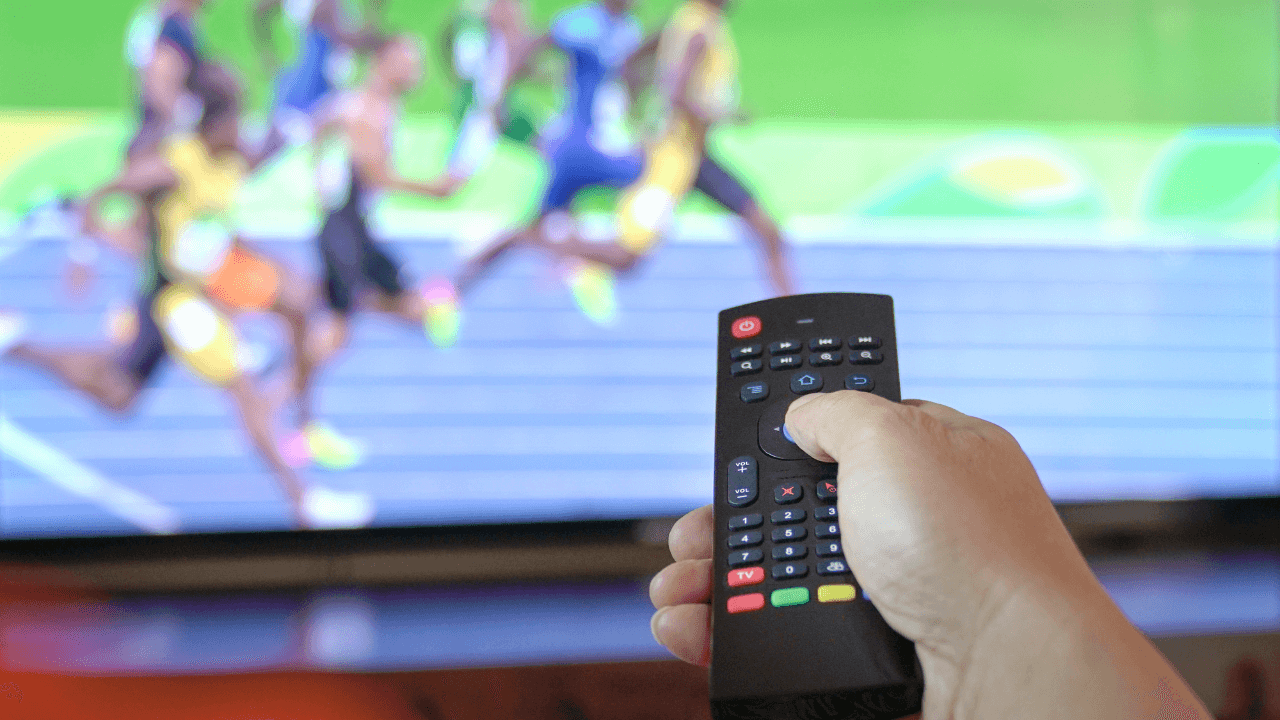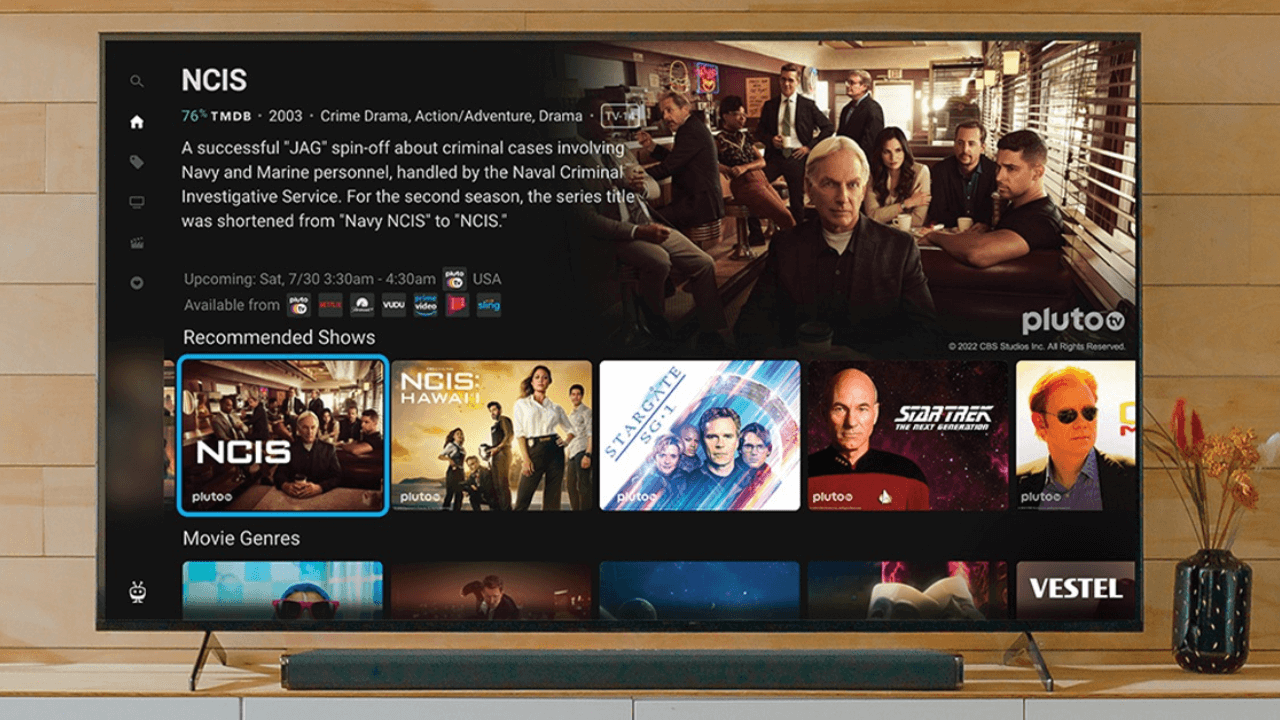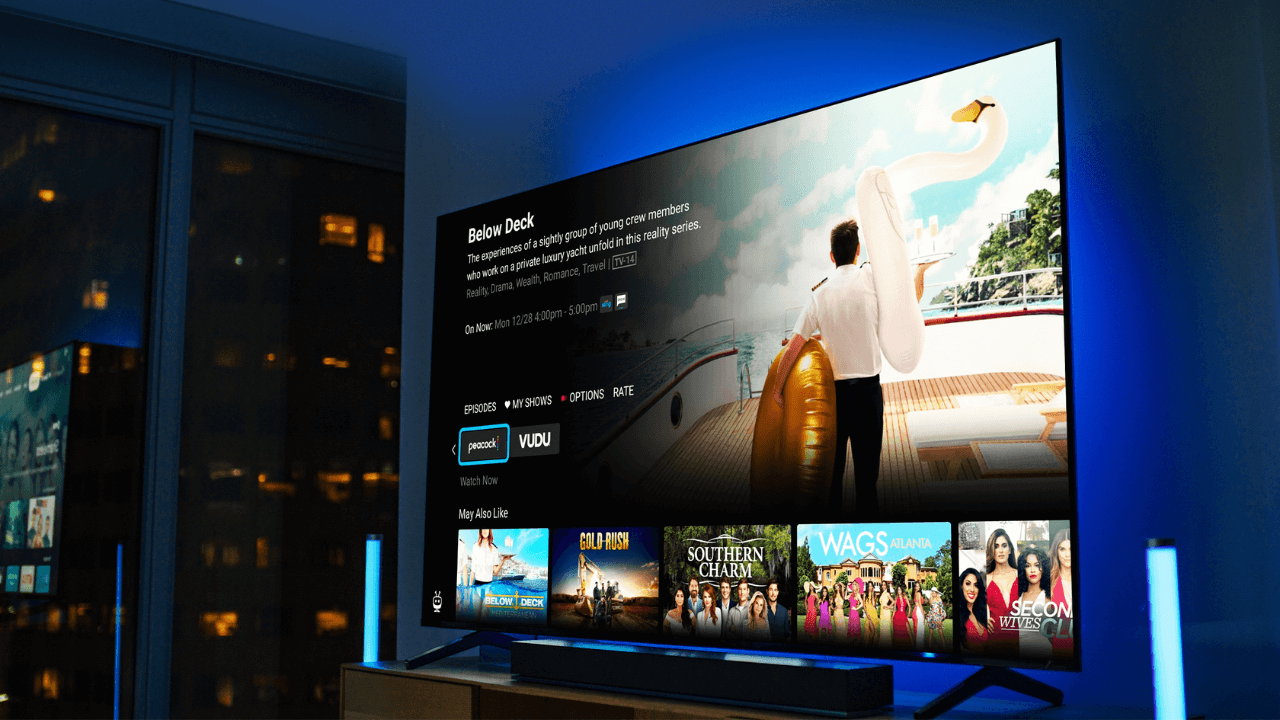Sports is a major component of what drives TV-watching behavior. Take the 100 most-watched primetime broadcasts in 2023: 56 of those broadcasts were sports. It’s concentrated at the top of the rankings too: 19 of the top 20 most-watched broadcasts were sporting events (at #15, the Oscars was the only non-sports broadcast to break into the top 20).
For sports fans in the streaming era, finding the games they want to watch remains one of the most complicated discovery tasks. There are many reasons for this: distribution rights have been divided across networks and services, and sports leagues have grown and proliferated. Complicating matters further is the fact that more sports are available now than ever before, with replays, alternate language versions and even alternate camera views often offered. In the United States, fans are no longer limited to just the major North American men’s sports leagues of the MLB, NBA, NFL and NHL being delivered through major broadcast and cable networks. If you’re a fan of tennis, Formula 1, European football, or sports as relatively obscure as college lacrosse, you have options to watch now that you didn’t have just a few years ago.
Network and streaming fragmentation
Even within the major North American sports leagues, it’s complicated. Take the NFL for example. Even if you’re still a cable TV subscriber, you need to have a subscription to Amazon Prime in order to watch certain games. If you’ve cut the cable TV cord and are streaming exclusively, you’ll need to buy the NFL package on YouTube TV and Amazon Prime for the games they have exclusive rights to each week, but depending on where you live you might also need to subscribe to CBS and FOX as well. It’s incredibly fragmented. For a lot of sports fans, finding the game they want to watch is really difficult, because it is usually nestled inside one of a dozen or so potential sources.
Many sports fans today have subscriptions they don’t use very often, and it requires active management on the part of the consumer to make sure that they’re actually using the services they’re paying for. It may not seem like much, with many of the services costing less than $20/month, but if the viewer needs seven or eight or ten different services, suddenly they’re paying as much or more than they did before they cancelled their cable TV package.
An example of how we might see this play out in the coming months is with the 2024 Paris Summer Olympics. NBC will be the content provider this season, so you’d expect to see many fans signing up for Peacock in order to watch. How many of those will continue their subscriptions after the closing ceremonies? It’s hard to say.
Old models are making things complicated
There’s a stream for nearly every sport now. Everything from high school baseball to college volleyball to semi-professional pickleball is streamed. There are still some restrictions to consider though, such as blackout dates, which were part of the cable TV model. Cable TV was originally designed as a series of de facto regional monopolies that carved the United States into several areas that were served by various providers. Each provider had different territories where they built the cable TV infrastructure, and as a result, geographic restrictions were placed around content and certain geographically distributed content packages. With the proliferation of internet streaming, these geographic restrictions have begun to feel (especially to fans) pretty antiquated and even arbitrary. Other than sports, can you think of any other content or internet service that is only available in certain cities? I can’t.
But the sports rights are still being carved up and sold as if we were still in a cable-dominant paradigm. Sure, there are people who still have cable TV today but they now represent a minority of U.S. households, and Nielsen data indicates that more time is spent watching streaming services than watching traditional broadcast and cable TV. We just happen to still be in a transition period right now where the sports content offered on the internet is subject to restrictions that make little sense to the customers who are paying for the service.
Creating shared experiences is lagging
One final issue I want to mention is the idea of interactive streaming. Many sports fans have the experience of watching a game while texting a couple of friends about it in real time. For people with geographically dispersed social networks (which is a lot of us), if we are unable to get together to watch a game, we typically will have the game on one screen and our friends on another. There’s a snag to this though: very often the video streams are not in sync, so one friend will be getting the action a few seconds or even a couple of minutes before the others.
During the pandemic, a couple of video entertainment providers (notably Amazon and Apple) rolled out synchronized video so people who couldn’t physically be in the same room could still watch movies together. It works like this: everyone who’s invited to watch the movie connects to the provider through the invitation, and when the host starts the movie, it starts for everyone and stays in sync. This way people can have the film playing on one screen and be using a video chat application like FaceTime or Zoom to talk with each other during the film.
There are some logistical issues to sort out but it’s not outside the realm of possibility that such a model could become available for live sports broadcasts too, where the stream is synced so you and your friends could all watch the game together from different locations with no lag between your experiences.
Where do we go from here?
The streaming experience for sports fans is a fragmented one right now. The sports leagues already have financial incentives to sell exclusive broadcasting rights to different distributors, and it may even get more fragmented in the coming decade. But there is an opportunity here for the industry to come together and solve a crucial problem for many.
Where the big questions still exist are: how long will it take for the number of cable subscribers to fall to a small enough number that cable is no longer a viable business? Where is that tipping point and when will it tip? In the meantime, what kinds of deals will the various leagues and providers work out? Will a major sports league go direct to consumer with a streaming package offering all of its games, allowing any fan of that league to watch any game they want, free of geographic restriction? On what sort of a timeline will these business models change?
There seem to be more questions than answers at this point, unfortunately. But as with most things, exploring these questions will eventually lead the industry to some deeper truths and innovative solutions will emerge.



